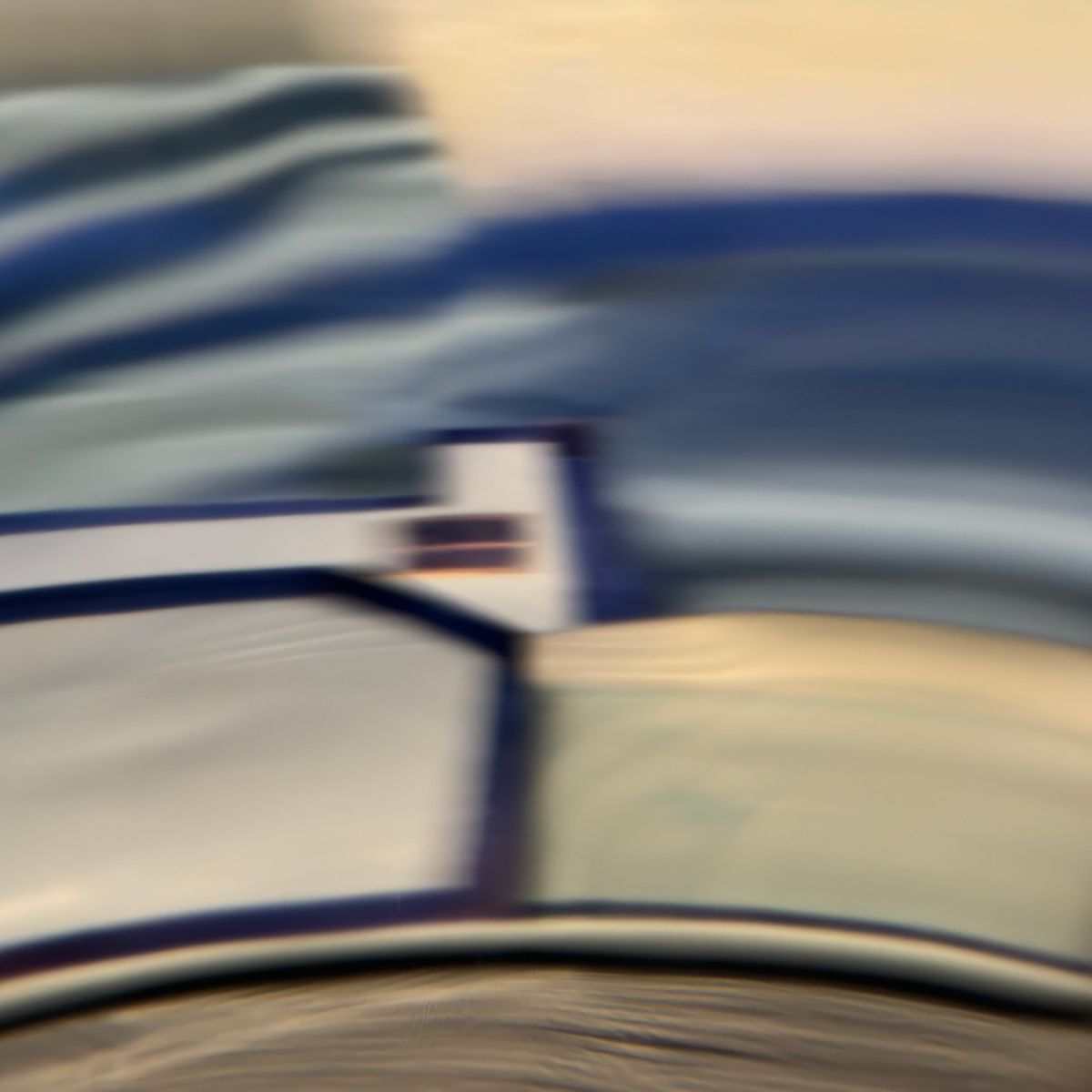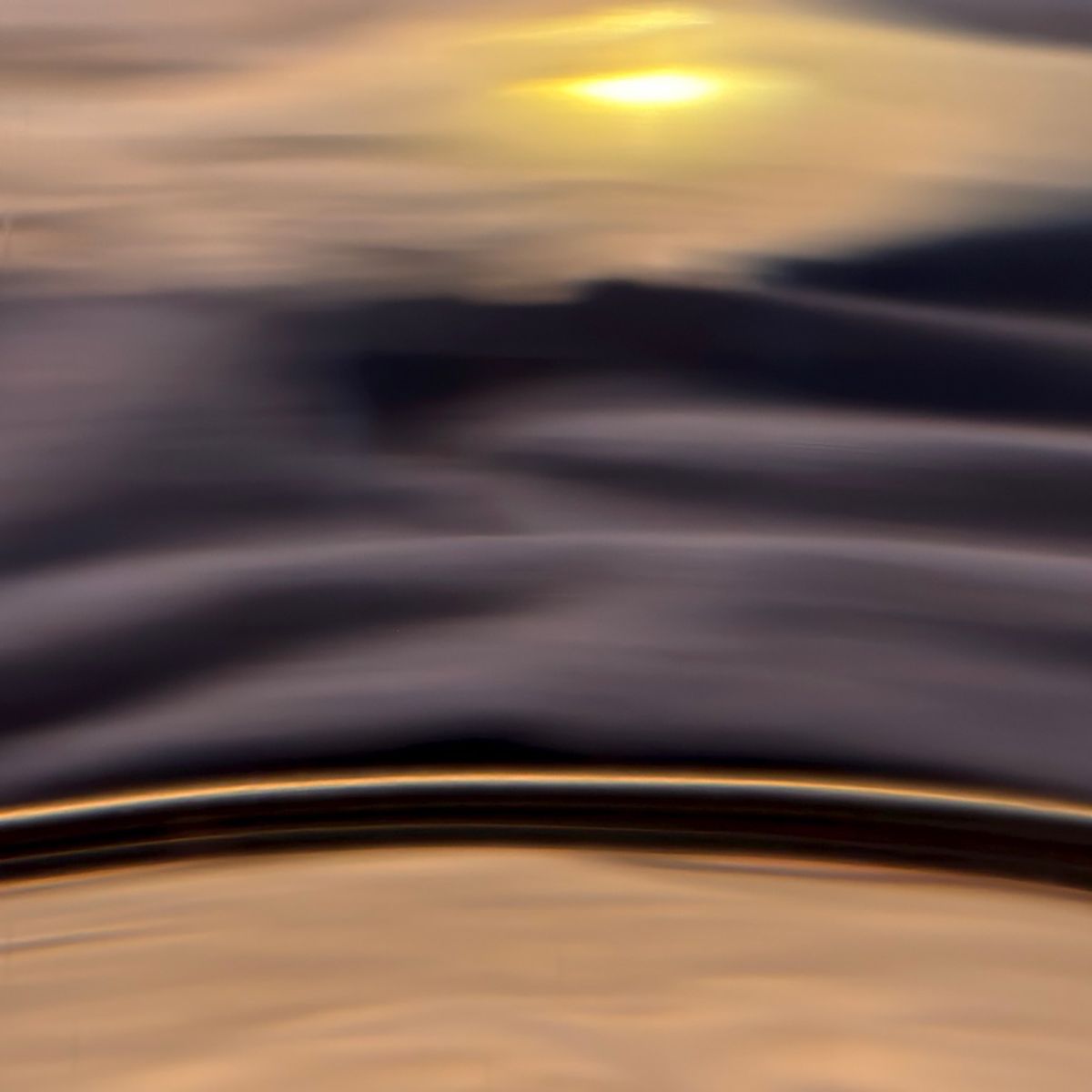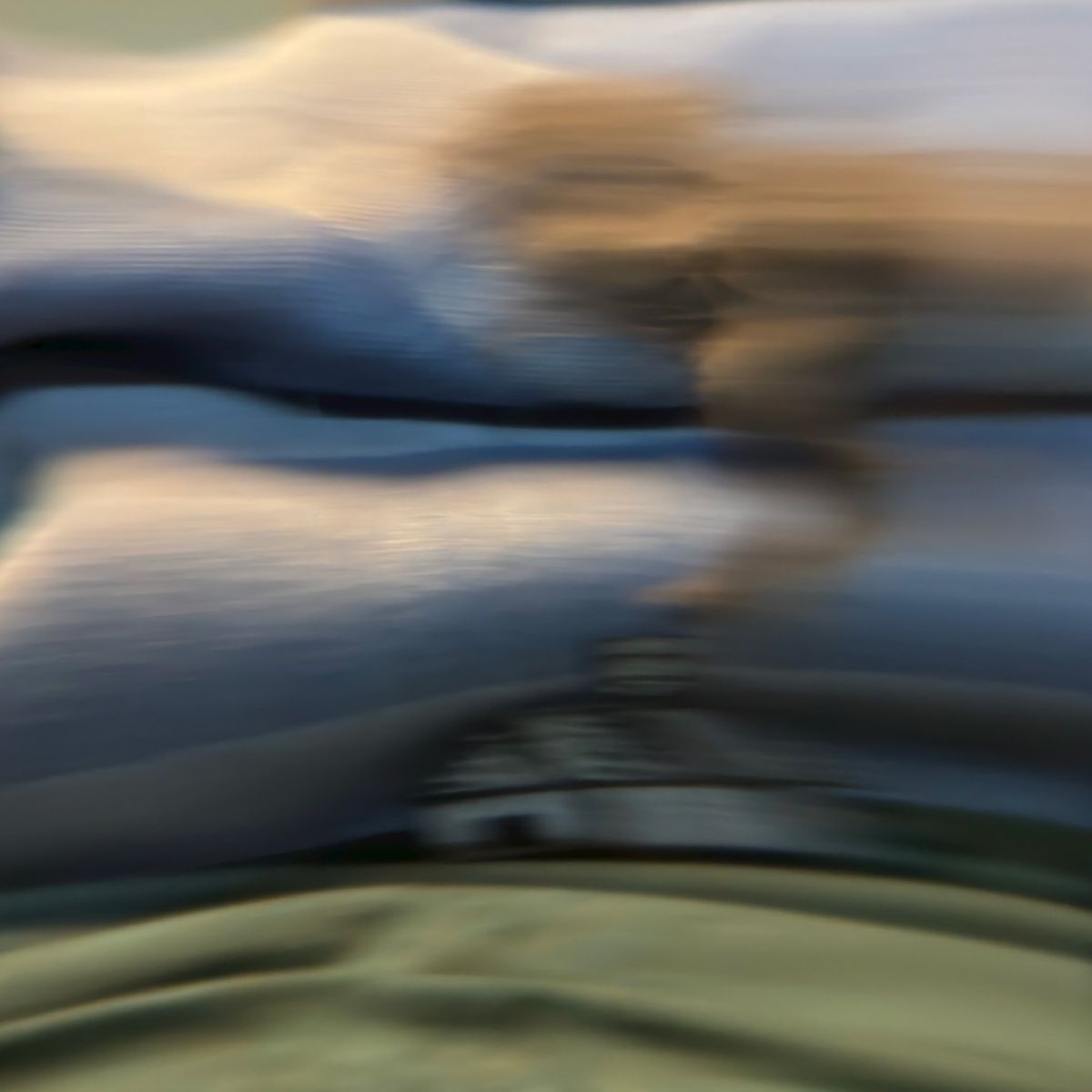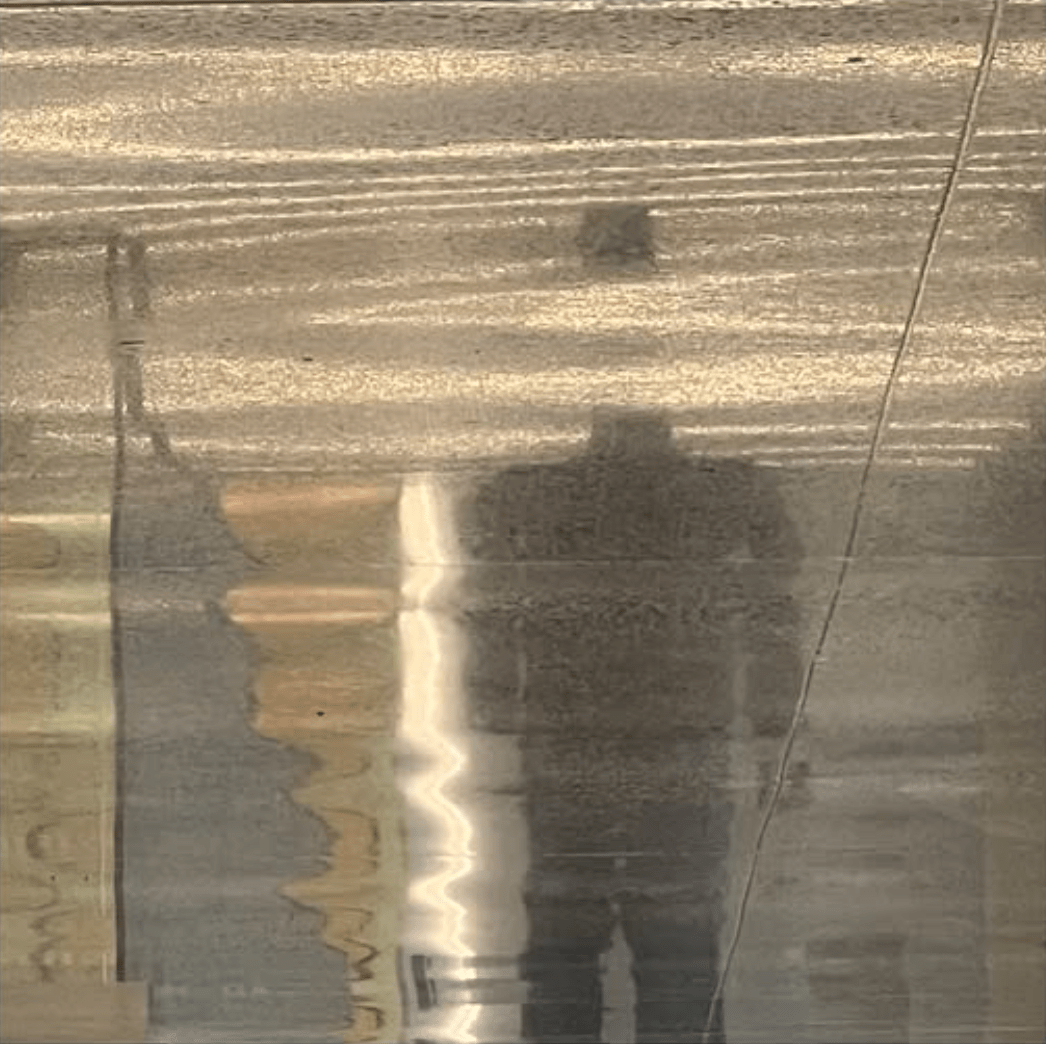blog
Interview with featured photographer Judith Rayl

Cognitive Domain © Judith Rayl
In ‘The Verity Project,’ Judith Rayl embarks on a captivating exploration of the ephemeral and the present moment. Through a unique process of using a hand-built lens and meticulously crafted miniature landscapes, she transforms ordinary objects into extraordinary, abstract environments. This innovative approach not only challenges our perception of reality but also invites us to contemplate our relationship with nature and our innermost selves.
Rayl’s images, created after gathering and assembling objects, infusing them with water and ink, and finally capturing the composition through her hand-built lens – offers a mesmerizing blend of art and alchemy. Her photographs create a sense of depth and movement, challenging our visual perception. When reviewing Rayl’s portfolio, I was struck by the sense of something caught in peripheral vision; as if glancing at the landscape out the window of a speeding car. Abstract, yet almost tangible. Ultimately, ‘The Verity Project’ offers a poignant reflection on our contemporary world. Through these evocative landscapes, Rayl invites us to reconnect with nature, and to find solace in the beauty of the everyday.
::
Cary Benbow (CB): Will you please tell us a little more about the portfolio being featured in this issue. How does the work relate to your other projects? What was the catalyst for this work?
Judith Rayl (JR): In the Verity Project, I build new worlds through abstract environmental photography, using my hand-built lens to transform ordinary household items into tabletop miniature landscapes. This series represents a conscious evolution from my prior work, in which I sought abstractions seen at the confluence of Nature and human-made structures.
The Verity Project arose from a convergence of events. During the height of the Covid-19 pandemic, I grew concerned about walking alone on the streets of Seattle searching for interesting photographic angles, especially during our dark winters. In addition, I suffered a stroke which resulted in some mobility challenges.
These factors drove me to search for photographic opportunities closer to home, and also to reimagine physicality through art. I was inspired to invent an entirely new process, through which my image creation occurs in a 5×4 inch area on our dining room table. Through the Verity Project, I have discovered new depths of artistic intentionality, innovation, and self-expression.
CB: What do you feel is the biggest impact on your development as an artist/photographer? Does where did you live or spend your formative years influence the way you work/create?
JR: I was raised immersed in the deep vulnerabilities of ethnic bias and generational trauma, amidst the urban corridors of the East Coast. Moving to the Pacific Northwest as a young scholarship medical student, I discovered a new sense of wellness and refuge in the wild forest landscape. Now that I have become an artist maker, I find and offer solace and well-being through my art.
My practice of medicine centered on individual healing and empathy. I retired from my medical career to convey the necessity of art as a vehicle to hold and express grief, while encompassing the possibility of growth.
My ancestry is Ashkenazi, and my grandparents were refugee immigrants from Eastern Europe. I carry forward the ancient Jewish artistic tradition of embracing abstraction, so as not to overshadow what is sacred by assigning it a figurative aspect. By utilizing materials that are prosaic or disposable, my work also embraces the Jewish philosophy that the spiritual resides within the mundane. My veneration of Nature is born from our people’s historic respect for the land.

Flight of the Wildflowers © Judith Rayl

Fill the Sky © Judith Rayl
CB: What is your earliest memory of taking photos?
JR: I am a mature-aged emerging artist; my first intentionally artistic photograph was created in 2017. I was walking in heavy rain when my attention was drawn to the perfect herringbone pattern formed in the water as it flowed down the gutter. I saw Nature as a healing force and witnessed its subtle, evanescent beauty. This moment has inspired my entire artistic career.
CB: Overall, what inspires your art? What kind of stories do you wish to tell?
JR: My photographs explore visible manifestations of our innermost states of being. Through photography, I seek to mitigate the separateness that burdens us, both internally and within our fraught relationship with Nature. I aspire to use art to build connection, impact, and shared belonging.
The Verity Project challenges fixed perceptions of reality and invites a journey of presence and awakening. In ephemeral stories of place and time, this work evokes the universality of emotion: loss, repair, joy. By constructing novel environments, I disrupt the boundary between what is known and what can be.
CB: Of the times you’ve shared or shown your work thus far, what has made the biggest impact on your career, or left a lasting impression?
JR: I was recently selected as a 2025 Bloedel Reserve Community Creative. This year-long fellowship will allow me access to the Reserve for my artistic pursuits, as well as the opportunity to host art-based workshops for community benefit.
In addition to my photographic oeuvre, I am a poet, videographer, and creator of soundscapes. This upcoming fellowship will be highly impactful for my career as I build toward a multi-genre, multisensory art exhibition proposal.

Bittersweet © Judith Rayl

End of Something © Judith Rayl
CB: There are so many ways to express oneself — What makes photography your choice of expression?
JR: It is the immediacy of photography that attracts me. Image gathering allows the capture of a microcosm of self-expression, in a moment that can never be recreated.
CB: In your opinion, what makes a good photograph?
JR: I seek a combination of authenticity, intentionality, and inventiveness in photographic work.
CB: How do you describe your photography to someone who’s not familiar with it? How do you classify your work – Or do you feel comfortable categorizing your work?
JR: I refer to my images as tabletop miniature landscapes, and as abstract environmental photography.
To familiarize viewers with my body of work, I describe for them my 3-step photographic process, so they can better grasp my technique and intentions.
I believe that labels are a great starting place for viewers, to offer them a sense of structure, and a leaping-off point for understanding the images. I classify my work as contemporary alternative process photography.
CB: Do you keep a journal? Do you keep notes or write about the places and people you see? If so, would you share a meaningful entry?
JR: I keep a poetry journal to gather my impressions of emotions, moments, and experiences in real time. This poem was inspired by witnessing a dandelion about to bloom. It is an exploration of awe and becoming, and an embrace of our individual, brilliant uncommonness.
“Arise now; awaken.
Gather your dress about your broad green shoulders
Unfurl that golden, tight-fisted bud
and find yourself
bewildered
as you gaze into the sun”
Ode to a Dandelion
April 4, 2024
© Judith Rayl
CB: What advice would you give to someone who wants to take on projects like yours? If you could give one piece of advice to your younger self at the start of your career, what would it be?
JR: I would advise them to embrace their vulnerability, to throw off the bounds of conventionality, and to let their true self be known through their artwork.
To my younger self, I would say that being a self-taught artist is not a limitation; instead, it is a gift that allows you to create without preconceptions and restraints.
::
Judith Rayl is an emerging photographer who discovered her artistic identity at age 51. She is driven by the creative expression of the complex simultaneity of human awareness. Through her unique, self-taught process, Judith discloses the transformative capabilities of the natural world. To see more of Judith’s work, visit her website https://www.judithrayl.com/
Location: Online Type: Featured Photographer, Interview
Events by Location
Post Categories
Tags
- Abstract
- Alternative process
- Architecture
- Artist Talk
- artistic residency
- Biennial
- Black and White
- Book Fair
- Car culture
- Charity
- Childhood
- Children
- Cities
- Collaboration
- Community
- Cyanotype
- Documentary
- Environment
- Event
- Exhibition
- Faith
- Family
- Fashion
- Festival
- Film Review
- Food
- Friendship
- FStop20th
- Gender
- Gun Culture
- Habitat
- Hom
- home
- journal
- Landscapes
- Lecture
- Love
- Masculinity
- Mental Health
- Migration
- Museums
- Music
- Nature
- Night
- nuclear
- p
- photographic residency
- Photomontage
- Plants
- Podcast
- Portraits
- Prairies
- Religion
- River
- Still Life
- Street Photography
- Tourism
- UFO
- Water
- Zine

Leave a Reply